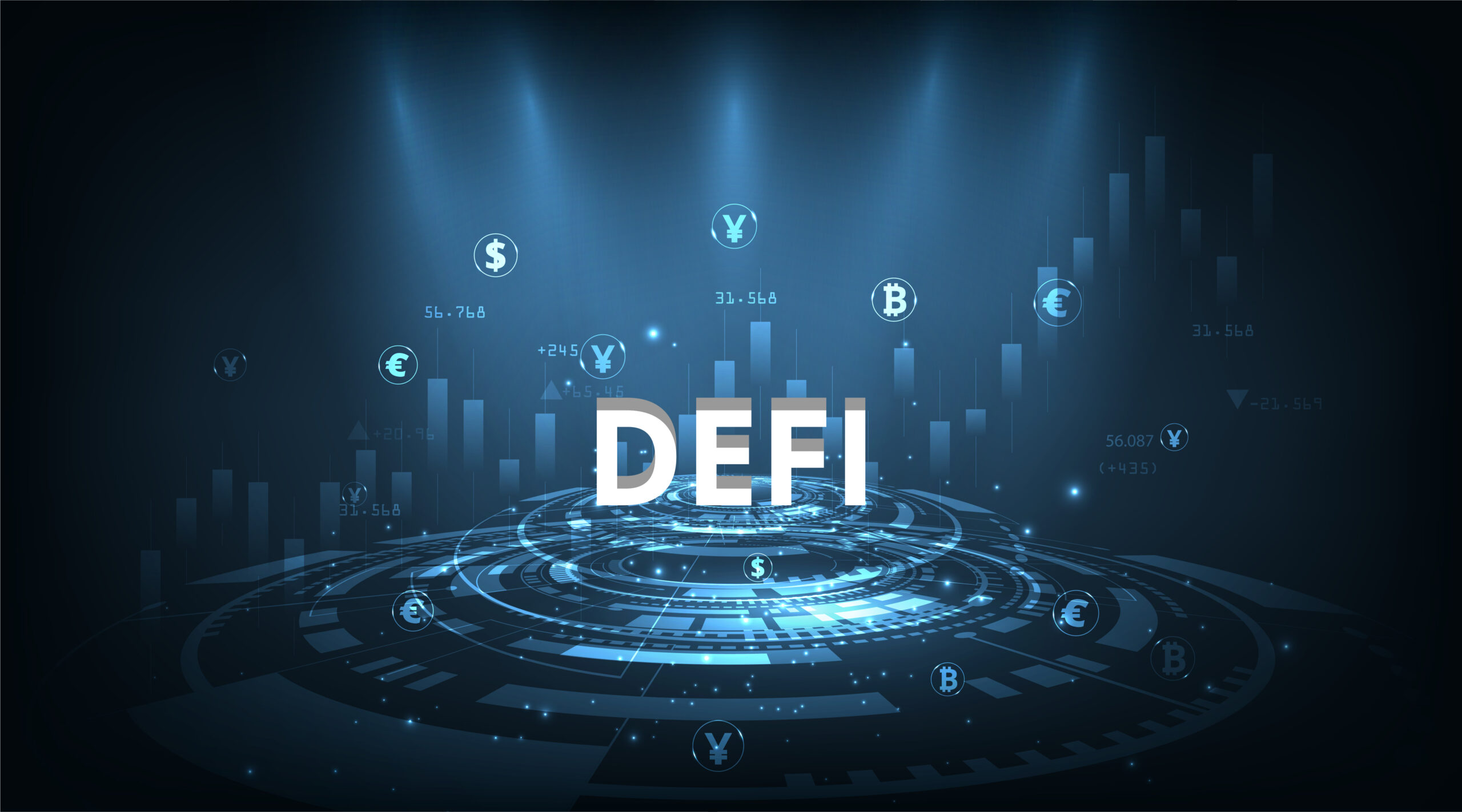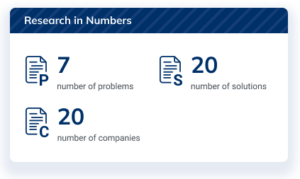
 The Unbanked Population
The Unbanked Population
People who don’t have a bank or credit union account are said to be “unbanked.” When no one in a family has a bank account, the family is called “unbanked.” People who don’t have banks accounts often use:
- Car title loans
- Prepaid debit card providers
- Rent-to-own businesses
- Borderless bank accounts
- Online-only banks
- Peer-to-peer lending services
In 2020, 6% of US households did not have a checking or savings account at a bank or credit union, according to a report from the FDIC. This adds up to more than 7.1 million homes, one of the lowest numbers since 2009. The pandemic may increase the number of US citizens who don’t have a bank account. The pandemic had a direct effect on the following:
- High unemployment
- Limited access to credit because of default
- Fewer savings
The Underbanked Population
On the other hand, the term “underbanked” refers to individuals who utilize an AFS (Alternative Financial Services) and a checking or savings account. AFS can be pricey, and many lower-income people tend to utilize them.
The underbanked population is due to banks and credit services being unable to satisfy consumer demands. Reloadable prepaid cards are one type of service that both banked and unbanked people may use to:
- Receive direct deposits
- Make purchases
- Withdraw money from ATMs
However, unbanked citizens do not use debit or credit cards or have no accounts at financial institutions, retirement funds included.
In the US, 16% of adults do not have enough money in the bank, according to a report from the Federal Reserve. These adults have a bank account, but they use:
- Payday loans
- Paycheck advances
- Pawn shops
- Auto-title loans
- Tax refund advances instead of their bank
The number of unbanked and underbanked households worldwide has been decreasing. This is a positive for most financial institutions, but many still need access to or use traditional banking services. Financial institutions should consider this population as a missed opportunity.
Banking the Unbanked and the Underbanked
A person or family might not use a traditional bank or different kinds of banks. People often say that they don’t have a bank account or don’t have enough money in their account because:
- They don’t have an income
- They have concerns about privacy and trust
- They have worries about fees and costs
- Finding banks is inconvenient
- They believe that banks don’t offer the services required
To enable banking for the unbanked, there are several main steps for financial institutions to follow:
- Cut barriers, such as fees and credit scores
- Create mobile apps
- Decrease the reliance on physical branches
- Offer prepaid products as a stepping stone
- Create financial education opportunities
- Expand credit and loan options
What is Decentralized Finance (DeFi)?
Decentralized Finance, also known as DeFi, lets people access financial products outside traditional banking practices. DeFi lets people access financial products through a network of blockchains. When people choose DeFi for their banking needs, there is no need to deal with middlemen.
Middlemen are anything from banks to brokerage firms. Users can access transactions through an unalterable public record of transactions.
Benefits of DeFi
Aside from a lack of financial assets, consumers don’t like losing control of their finances. When it comes to traditional banking methods, most people struggle with this, and DeFi limits these feelings and transactions.
By enabling anyone to use financial services regardless of who, where, or their financial situation. DeFi eliminates the necessity for a centralized finance model. Here are some of the benefits that come from DeFi:
- Instead of banks, people use safe digital wallets
- DeFi eliminates bank and financial institution fees
- Anyone with internet access can use DeFi without permission
- Money transfers take only a few seconds.
How can DeFi help the low-income population?
DeFi can help people who don’t have bank accounts by giving billions of people a safe way to manage their accounts and make transactions.
At its most basic, financial freedom means having access to tools that can be used to handle one’s money. Many people with lower incomes might not be able to:
- Get loans
- Make investments
- Open their bank accounts through traditional financial institutions
DeFi may be able to reduce inequality on all fronts by offering:
- A wide range of financial services
- Making transactions public
- Making access easy through a permissionless network
Blockchain-based DeFi initiatives remove entry barriers for conventional financial services. Unbanked and underbanked citizens can now receive loans and investments that may not have been available before.
Risks of DeFi
Unfortunately, DeFi doesn’t come without risks. New risks can surface due to the unknown world of online banking. Here are some of the risks that could come up with an increase in DeFi banking:
1. Smart contracts
Smart contracts could potentially pose a risk for the following:
- Logic errors
- Economic abuses (mispricing)
- Flash loan attacks
- Governance risk (for contracts with changing parameters)
2. Oracle Risk
Blockchain oracles are the third-party services that make the connection. If the connection goes down, you can’t do some of the steps needed for a transaction.
3. Stolen-Identity
Identity with a digital wallet secures cryptocurrency assets with the user’s private key. Lost or stolen keys can be catastrophic.
Sources
- https://www.celerity.com/insights/unbanked-and-underbanked-serving-the-unbanked-population
- https://cointelegraph.com/defi-101/banking-the-unbanked-how-defi-can-help-the-low-income-population
- https://www.finextra.com/blogposting/18674/6-strategies-for-banking-the-unbanked
- https://sepa-cyber.com/the-unbanked-population/
- https://www.forbes.com/sites/forbesbusinesscouncil/2021/11/19/how-fintech-is-meeting-the-needs-of-the-unbanked—now-and-in-the-future/?sh=7183ac7d1c20
- https://guides.loc.gov/fintech/21st-century/unbanked-underbanked
- https://www.thebalancemoney.com/what-does-it-mean-to-be-unbanked-5204850
- https://www.fdic.gov/analysis/household-survey/2019execsum.pdf
- https://www.paymentsjournal.com/the-unbanked-population-in-the-u-s-is-decreasing/
- https://www.federalreserve.gov/publications/2019-economic-well-being-of-us-households-in-2018-banking-and-credit.htm
- https://www.worldbank.org/en/publication/globalfindex
- https://www.investopedia.com/decentralized-finance-defi-5113835

